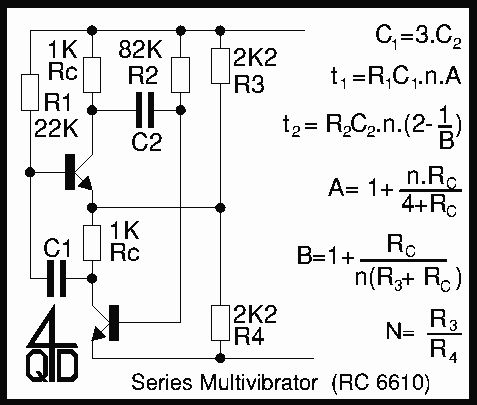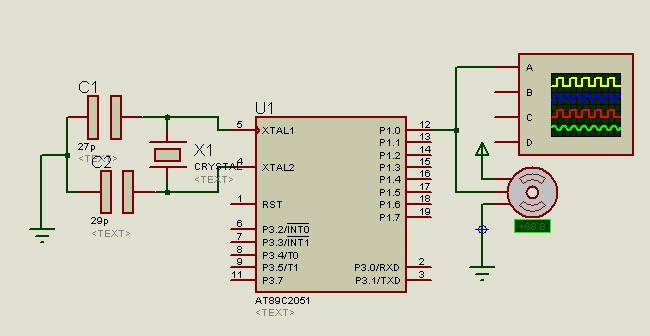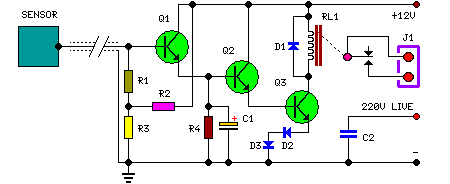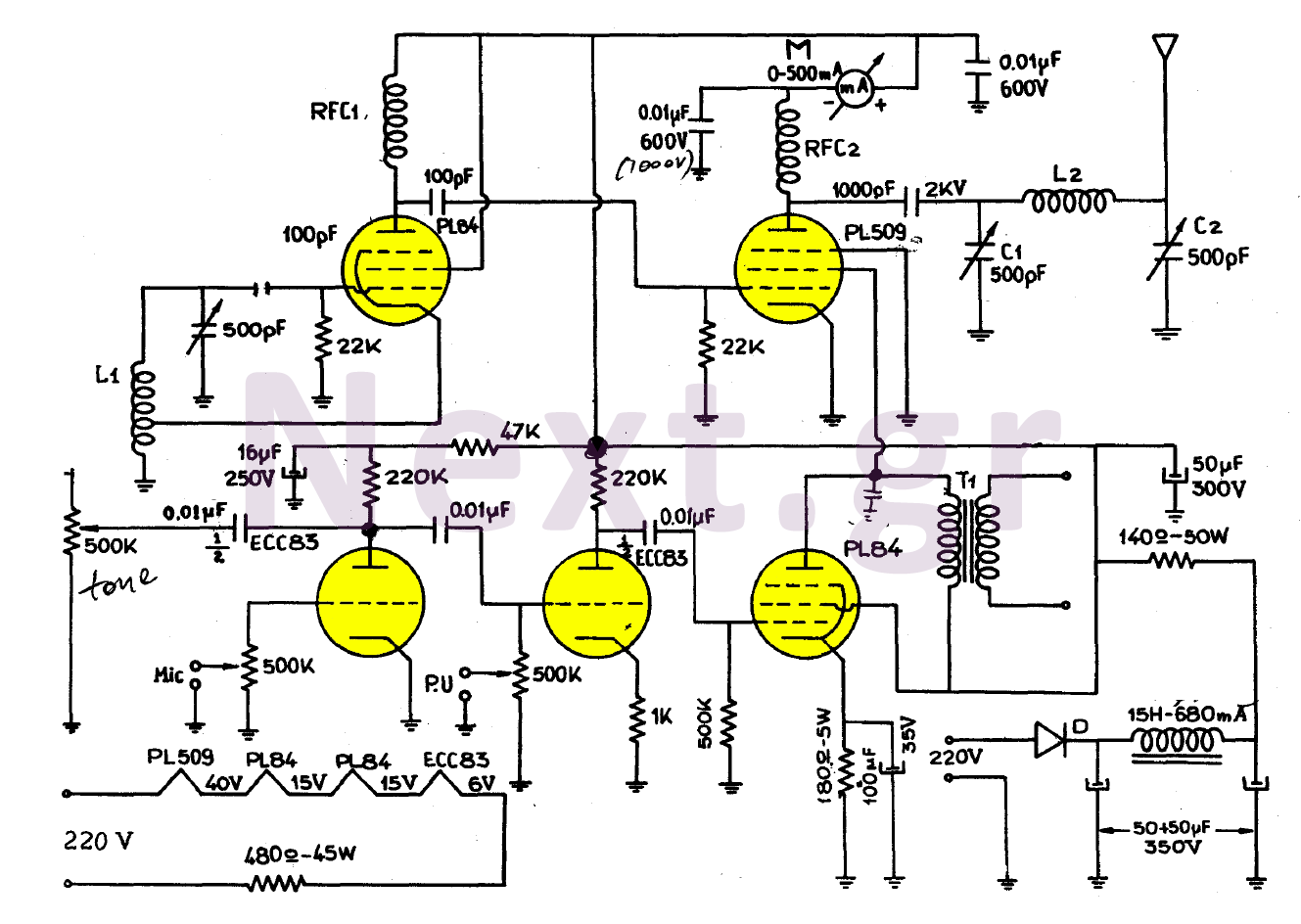
Pink noise generator circuit mod
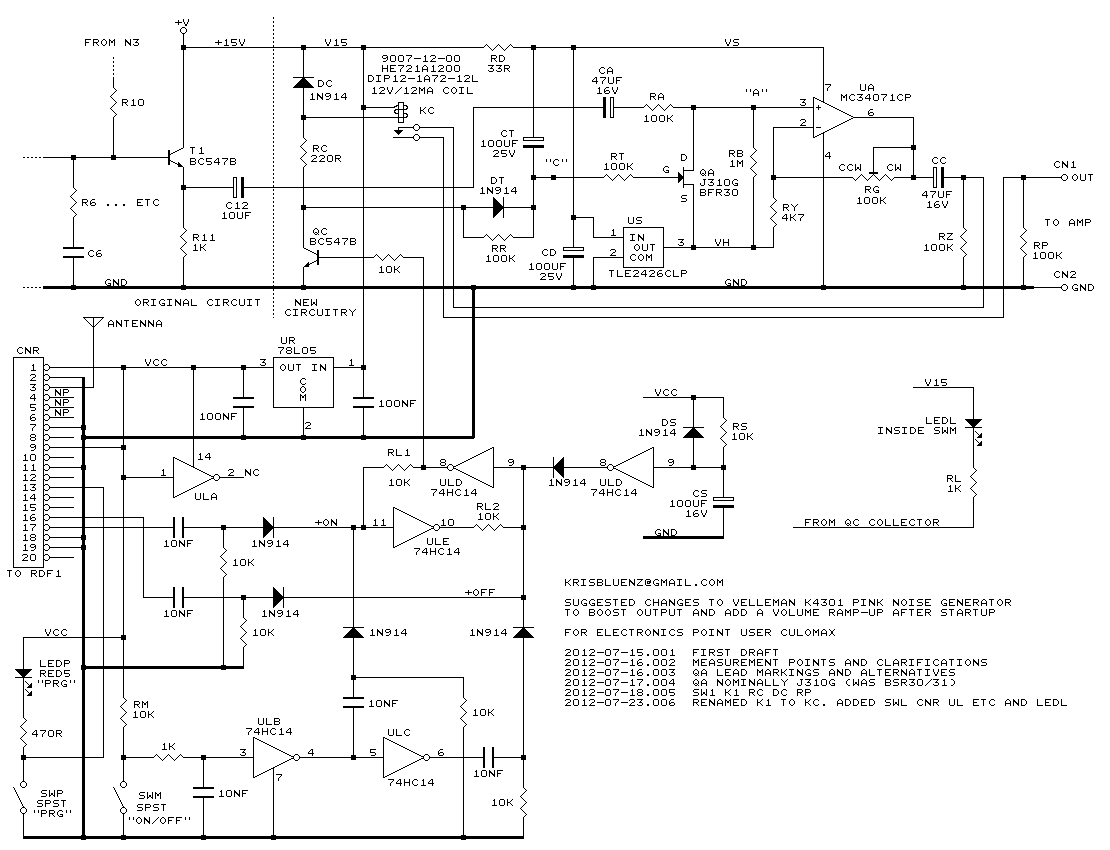
Here is an updated schematic featuring the RF Solutions receiver along with several minor additions. The design includes additional circuitry to manage the signals effectively.
The updated schematic incorporates an RF Solutions receiver, which is essential for receiving radio frequency signals. The receiver is typically characterized by its ability to demodulate signals, thereby converting them into usable data. The additional circuitry included in the schematic serves multiple purposes, such as signal amplification, filtering, and conditioning, which are crucial for ensuring that the received signals are clean and free from noise.
Signal amplification is achieved through operational amplifiers (op-amps), which boost the weak signals received by the RF Solutions receiver to levels suitable for further processing. The amplification stage is followed by a filtering section, which may consist of low-pass, high-pass, or band-pass filters designed to eliminate unwanted frequencies and enhance the desired signal.
Moreover, the circuit may include components such as resistors, capacitors, and inductors, which are strategically placed to form RC or LC networks that define the frequency response of the filters. Additionally, the schematic may feature a microcontroller or digital signal processor (DSP) to interpret the demodulated signals, allowing for further processing, analysis, or communication with other devices.
Power supply considerations are also critical in this design. The schematic may include voltage regulators to ensure stable operation of the receiver and associated circuitry. Proper grounding techniques and decoupling capacitors are essential to minimize electromagnetic interference (EMI) and ensure reliable performance.
Overall, this updated schematic represents a comprehensive approach to RF signal reception, with attention to detail in both the receiver design and the supporting circuitry, ensuring optimal performance in various applications.Here`s an updated schematic with the RF Solutions receiver and some other small additions. There`s a lot of extra circuitry to deal with the signals.. 🔗 External reference
The updated schematic incorporates an RF Solutions receiver, which is essential for receiving radio frequency signals. The receiver is typically characterized by its ability to demodulate signals, thereby converting them into usable data. The additional circuitry included in the schematic serves multiple purposes, such as signal amplification, filtering, and conditioning, which are crucial for ensuring that the received signals are clean and free from noise.
Signal amplification is achieved through operational amplifiers (op-amps), which boost the weak signals received by the RF Solutions receiver to levels suitable for further processing. The amplification stage is followed by a filtering section, which may consist of low-pass, high-pass, or band-pass filters designed to eliminate unwanted frequencies and enhance the desired signal.
Moreover, the circuit may include components such as resistors, capacitors, and inductors, which are strategically placed to form RC or LC networks that define the frequency response of the filters. Additionally, the schematic may feature a microcontroller or digital signal processor (DSP) to interpret the demodulated signals, allowing for further processing, analysis, or communication with other devices.
Power supply considerations are also critical in this design. The schematic may include voltage regulators to ensure stable operation of the receiver and associated circuitry. Proper grounding techniques and decoupling capacitors are essential to minimize electromagnetic interference (EMI) and ensure reliable performance.
Overall, this updated schematic represents a comprehensive approach to RF signal reception, with attention to detail in both the receiver design and the supporting circuitry, ensuring optimal performance in various applications.Here`s an updated schematic with the RF Solutions receiver and some other small additions. There`s a lot of extra circuitry to deal with the signals.. 🔗 External reference
